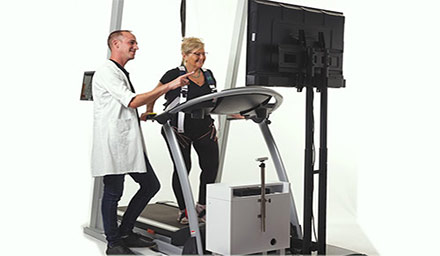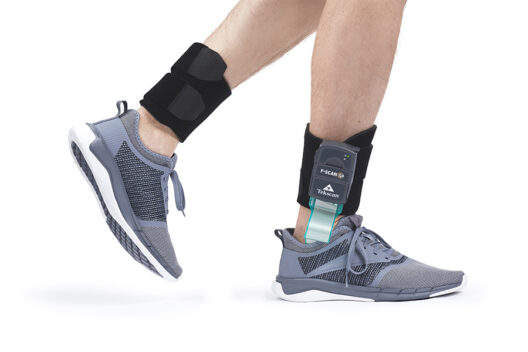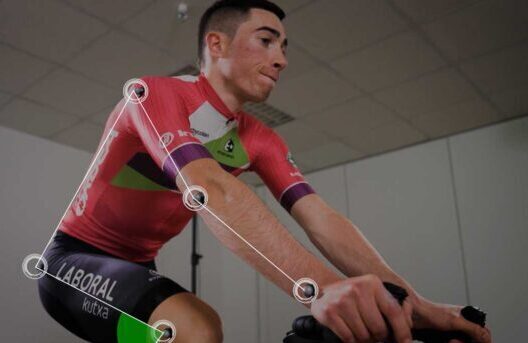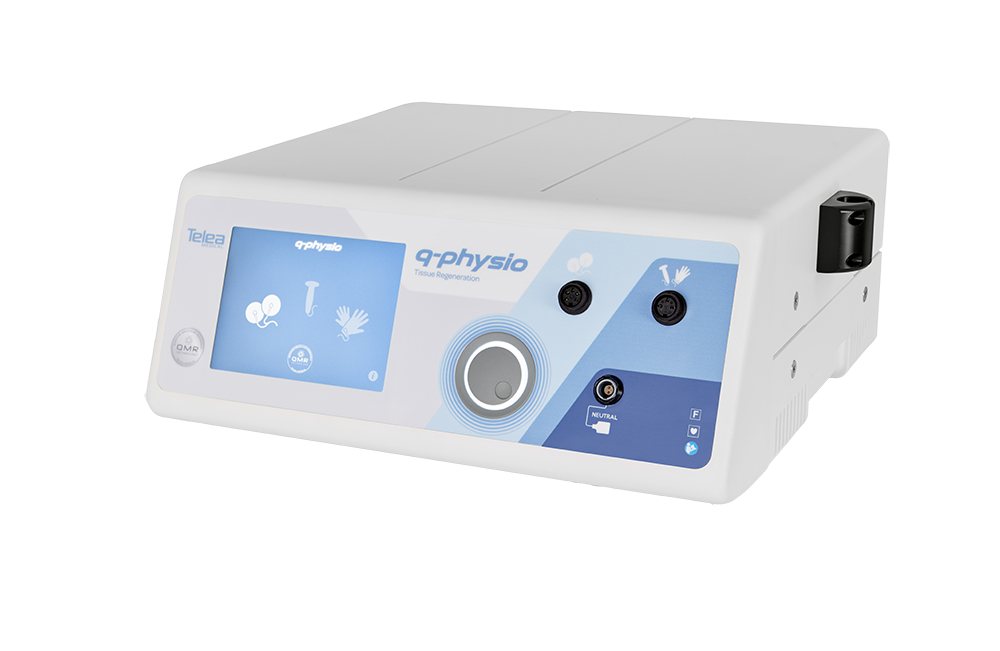
Indergaard Physiotherapist is a specialist musculoskeletal clinic in Leeds. Owner and clinical director Ove Indergaard has been using shock wave therapy for more than 8 years. He now teaches shock wave both in the UK and internationally.
How did you start your journey with shock wave?
I started looking into shock wave as I was trying to solve a problem in the clinic. A proportion of my clients with stubborn tendinopathies who were struggling to get better and despite rehab and progressive loading were still struggling with pain. During my research I came across shock wave therapy, and after attending a course I purchased my first shock wave machine which was a radial device. Home Academy Practice Marketing Blog Orthopaedics Neurology AccountTestimonial: Two-time Olympic medalist Galen Rupp. Patients who had previously struggled with doing their exercises and had a lot of pain, now started getting better within 2 – 3 treatments. How I dealt with these problematic conditions then changed forever. I now have both focused and radial shock wave devices from STORZ MEDICAL in my clinic.
What percentage of you patients have shock wave?
In general, as I have been doing this for several years people now come to see me specifically for shock wave therapy. I would say around 50% of my patients are requesting the treatment. I have found that awareness of the technology and its potential to help with pain and mobility has increased massively. Shock wave’s reputation is certainly growing amongst the general public.
What conditions do you see the most of?
Well, tendinopathies are a large part of my clinical practice, from the standard Achilles and plantar fasciitis, to Greater Trochanteric Pain Syndrome, lateral epicondylitis and calcific tendonitis in the shoulder. But we have great success with chronic myofascial dysfunctions too.
What conditions do you think responds the best to shock wave therapy?
The conditions it has the greatest impact on are longstanding conditions such as plantar fasciitis, Achilles and GTPS. Combined with a good rehab program consisting of activity modification, appropriate loading, and gradual progression these do very well, and the patients are happy.
How has shock wave advanced your practice?
Shock wave therapy has allowed me to increase my success rate with conditions which sometimes struggle to get better. Since I started with shock wave therapy, I have also started using ultrasound scanning to evaluate some of the tendons that come into the clinic, and together I have improved my clinical reasoning, and can direct the patient better in their journey to becoming pain free and back to full function.
As a well-respected educator on shock wave therapy, where do you see the future of the technology?
Shock wave therapy is definitely here to stay for musculoskeletal conditions. We will probably see an increase in the number of indications that is treated with shock wave and the protocols getting better and better. The areas that are exciting for the technology is how shock waves are used in patients with Alzheimer’s disease and even cardiac indications, these currently in its infancy but shows great promise.


































